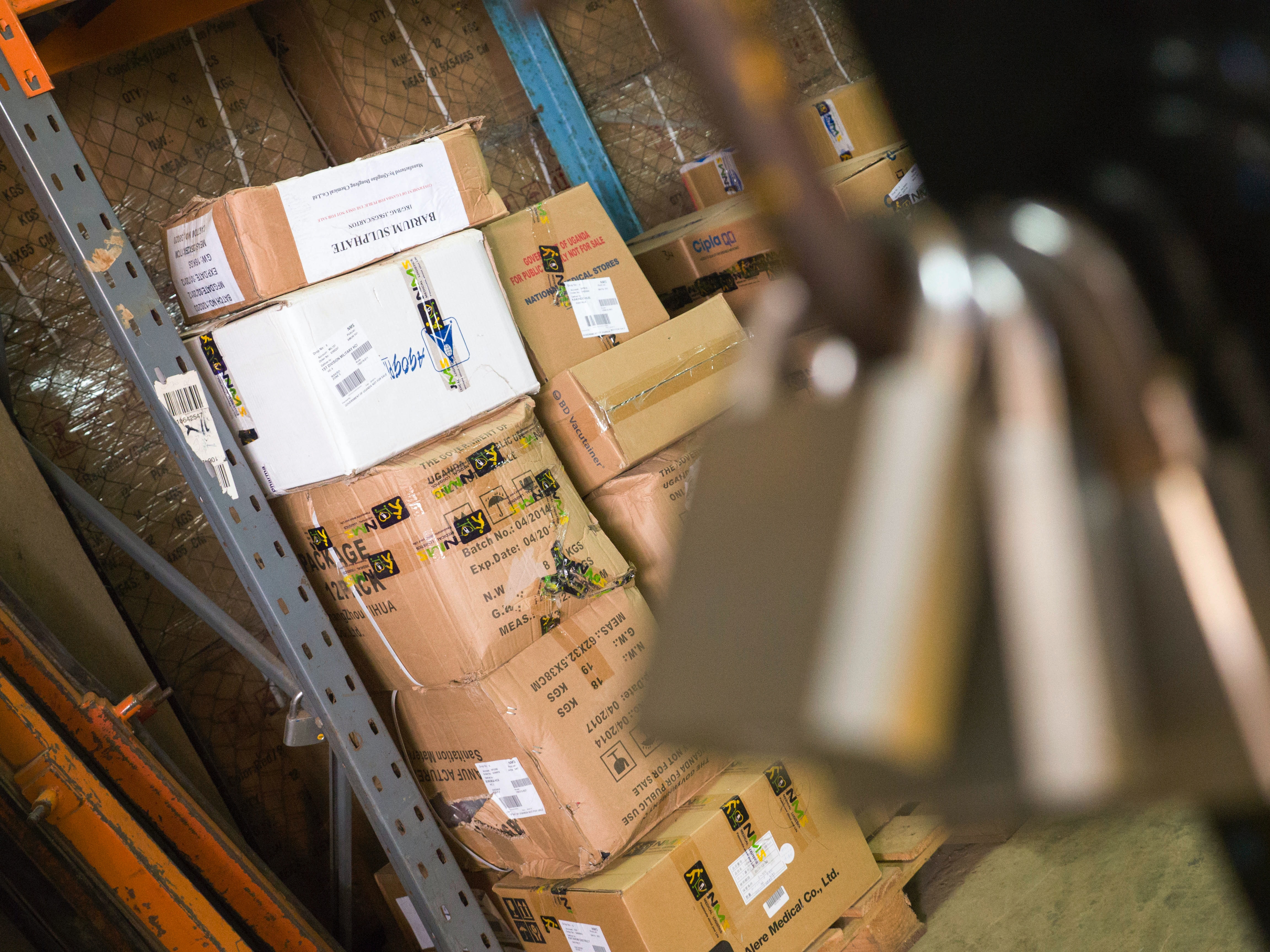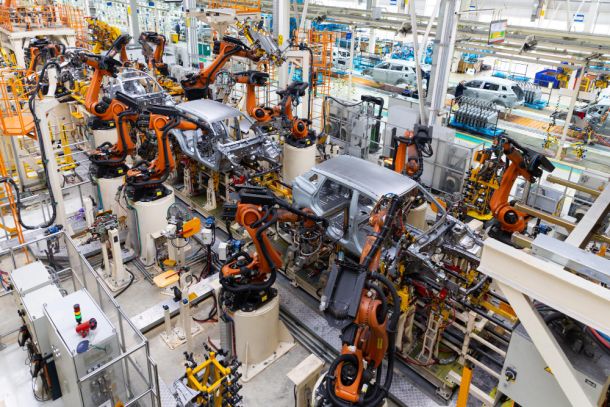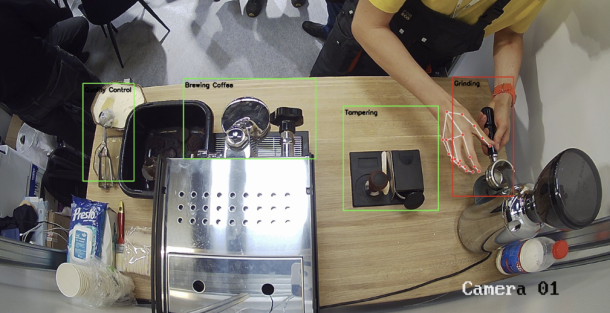Streamlining Your Supply Chain: The Benefits of Automated Inventory Management
In today's competitive business environment, effective supply chain management is crucial to success. One critical aspect of supply chain management is inventory management. Businesses must carefully monitor their inventory levels. It is necessary to ensure that they have enough stock to meet demand without overstocking and/or tying up valuable capital. However, manual inventory management can be time-consuming, as well as error-prone and inefficient. Automated inventory management systems offer a solution to these challenges, providing a range of benefits to businesses that adopt them. In this article, we will explore the benefits of automated inventory management and how it can streamline your supply chain.

What is Automated Inventory Management?
Automated inventory management refers to the use of technology and software to track inventory levels, manage orders, and monitor stock movements. Automated inventory management systems utilize a variety of technologies, including barcoding, radio-frequency identification (RFID), and cloud computing, to track inventory data in real-time. These systems can provide businesses with a comprehensive view of their inventory levels, allowing them to optimize their inventory levels and improve their supply chain management.
Automated inventory management can provide a range of benefits to businesses, including:
- Improved Inventory Accuracy
Manual inventory management can be prone to errors, with human errors accounting for a significant portion of inventory discrepancies. Automated inventory management systems can significantly reduce these errors by eliminating manual data entry and providing real-time data on inventory levels. This can help businesses maintain accurate inventory records, reducing the risk of stockouts, overstocking, and other inventory-related issues.
2. Reduced Labor Costs
Manual inventory management can be time-consuming, requiring significant labor hours to manage inventory levels, track stock movements, and manage orders. Automated inventory management systems can reduce the need for manual labor, freeing up employees to focus on higher-value tasks, such as customer service or strategic planning. This can help businesses reduce their labor costs and improve their overall efficiency.
3. Improved Order Accuracy
Automated inventory management systems can improve order accuracy by providing real-time data on inventory levels and order status. This can help businesses ensure that they have the right products in stock to fulfill orders and reduce the risk of stockouts or delays. By improving order accuracy, businesses can enhance their customer service levels, reducing the risk of lost business due to order errors or delays.
4. Faster Order Fulfillment
Automated inventory management systems can help businesses fulfill orders faster by providing real-time data on inventory levels and order status. This can help businesses ensure that they have the right products in stock to fulfill orders quickly and efficiently. By reducing order fulfillment times, businesses can improve their customer service levels and reduce the risk of lost business due to slow order fulfillment.
5. Increased Efficiency
Automated inventory management systems can help businesses increase their overall efficiency by providing real-time data on inventory levels, reducing the need for manual labor, and improving order accuracy and fulfillment times. By improving efficiency, businesses can reduce their costs, improve their competitiveness, and enhance their customer service levels.
How Automated Inventory Management Works
Automated inventory management systems utilize a range of technologies to track inventory levels and manage orders. Here are some of the key technologies used in automated inventory management:
Barcoding
Barcoding is a widely-used technology in automated inventory management. Barcodes are used to label products and track inventory movements. Barcode scanners can read barcodes and provide real-time data on inventory levels and stock movements.

Here are some examples of how barcoding is used in various industries:
Retail
In retail, barcoding is used to label products and track inventory movements. When a product is received in the store, it is scanned and assigned a unique barcode. As the product is sold, the barcode is scanned again, and the inventory levels are automatically updated. This helps retailers to keep track of their inventory levels, ensure that products are properly stocked, and reduce the risk of overstocking.
Healthcare
In the healthcare industry, barcoding is used to track medical supplies, equipment, and medications. Each item is assigned a unique barcode, which is scanned when it is received in the hospital or clinic. As the item is used, the barcode is scanned again, and the inventory levels are automatically updated. This helps healthcare providers to ensure that they have the necessary supplies and equipment on hand to treat patients, and reduce the risk of medication errors.
Manufacturing
In manufacturing, barcoding is used to track raw materials, work-in-progress, and finished goods. Each item is assigned a unique barcode, which is scanned as it moves through the production process. This allows manufacturers to track inventory levels, monitor production processes, and identify areas for improvement.
Logistics
In logistics, barcoding is used to track shipments and inventory levels. Each item is assigned a unique barcode, which is scanned as it is loaded onto a truck, ship, or plane. As the shipment moves through the supply chain, the barcode is scanned again, and the inventory levels are updated. This helps logistics companies to track shipments, ensure that they are delivered on time, and reduce the risk of lost or damaged goods.
Warehouse Management
In warehouse management, barcoding is used to track inventory levels and movements. Each item is assigned a unique barcode, which is scanned as it is received in the warehouse. As the item is moved to different locations within the warehouse, the barcode is scanned again, and the inventory levels are updated. This helps warehouse managers to track inventory levels, monitor stock movements, and ensure that products are properly stored.

Radio-Frequency Identification (RFID)
RFID is another popular technology used in automated inventory management. RFID tags are attached to products, and RFID readers can read the tags to provide real-time data on inventory levels and stock movements.
Here are some examples of how RFID is used in various industries:
Retail
In retail, RFID is used to track inventory levels and movements. Each item is tagged with an RFID tag, which contains information about the product, such as its price, size, and color. As the item moves through the supply chain, it is scanned by RFID readers, which update the inventory levels and track the location of the item. This allows retailers to monitor stock levels, reduce stock-outs, and improve the accuracy of their inventory management.
Healthcare
In healthcare, RFID is used to track medical equipment and supplies, monitor patients, and improve patient safety. Each item is tagged with an RFID tag, which contains information about the item, such as its location and status. This allows healthcare providers to track the location of medical equipment and supplies, monitor patients' movements, and reduce the risk of medication errors.
Manufacturing
In manufacturing, RFID is used to track work-in-progress and finished goods, monitor production processes, and improve efficiency. Each item is tagged with an RFID tag, which contains information about the item, such as its status and location. This allows manufacturers to track the location of items as they move through the production process, monitor production processes, and identify areas for improvement.
Logistics
In logistics, RFID is used to track shipments and improve supply chain visibility. Each item is tagged with an RFID tag, which contains information about the item, such as its location and status. This allows logistics companies to track the location of shipments as they move through the supply chain, monitor delivery times, and improve supply chain visibility.

Transportation
In transportation, RFID is used to track vehicles, monitor drivers, and improve safety. Each vehicle is tagged with an RFID tag, which contains information about the vehicle, such as its location and maintenance history. This allows transportation companies to monitor the location of vehicles, track driver behavior, and improve safety.
Security
RFID is also used in security applications, such as access control systems and asset tracking. RFID tags can be attached to personnel badges, allowing access to restricted areas or tracking employee movements within a building. RFID tags can also be attached to high-value assets, such as laptops or equipment, allowing them to be tracked and located if they are lost or stolen.












